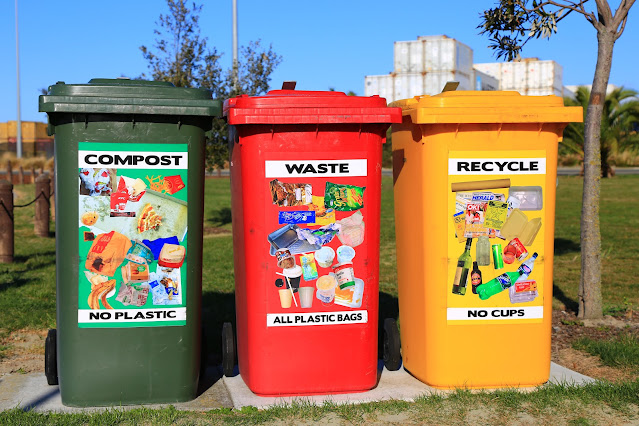Biohazardous waste is any biological
residue that is potentially dangerous for human or animal health. There are
many different kinds of bio-hazardous waste, and they can be categorized into
two main types: infectious and non-infectious. Non-infectious waste includes
blood, body fluids, and pathological waste. These are typically disposed of
through a “shredder”, which is a machine that breaks down paper, cardboard,
etc. into small pieces which are then sealed inside a container. Infectious
waste includes blood, tissue, and body fluids. These are typically disposed of
by flushing the waste into the sewer system.
There are certain guidelines
for packaging the bio hazard waste as well. These packagings are
generally sealed in opaque, puncture-resistant, and leak-proof containers. It
is done to ensure safe packaging and eliminate contamination.
The most common place for medical or bio hazardous waste generation is hospitals and medical
facilities. However, to find out if the collected waste product is infectious or
non-infectious must be rendered before disposing it in a solid waste area. It
carries a very critical value as hospitals and clinics generate a large amount
of potentially harmful substances that can prove lethal, if not properly
handled. Proper handling is the combination of segregated, mutilated, disinfected,
properly packed, and transported biohazard waste before its final disposal.
Biohazardous waste
should always be kept in an inert container that must be labeled with a
biohazard sign. This is because it is important to make sure that there will be
no possibility of biohazardous waste leaking or spilling. The waste should be
incinerated, buried, or sterilized. The choice of which method of disposal is
left up to the facility that is providing the service.
In conclusion, the
best way to dispose of biohazard waste is to find a registered waste disposal
company in your state. It is crucial to ensure that the company is legally
registered in your state and can dispose of biohazardous waste without
compromising your health.
At Med Waste Solutions we believe in
providing a hassle-free experience for our clients.

Comments
Post a Comment